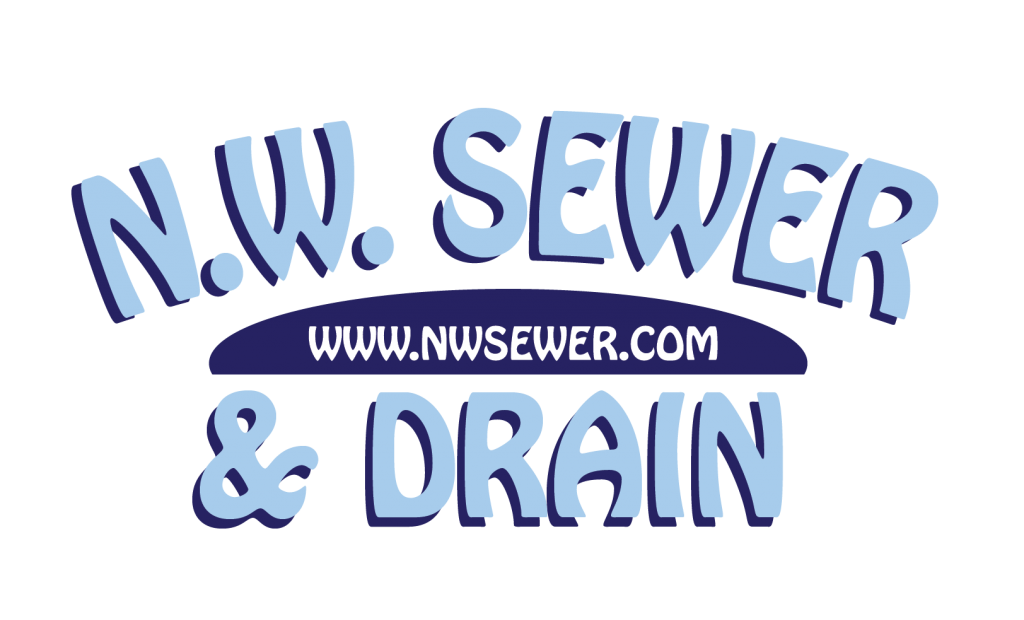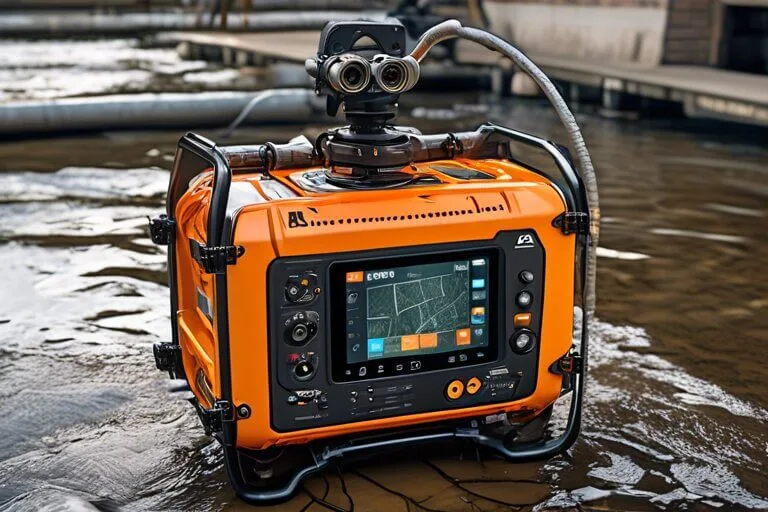For those who are in the drain and sewer cleaning and repair business, dealing with the unseen can be a daily challenge. Fortunately, technology has provided a powerful tool to overcome this obstacle: the pipe inspection camera system.
Introduction to Pipe Inspection Cameras
In the field of drain and sewer cleaning and repair, technology plays a pivotal role in ensuring efficiency and accuracy. One such technological marvel that has revolutionized the industry is a camera to look down pipes. These devices have become indispensable tools, allowing professionals to delve into the longest pipes and sewers with precision and ease.
These versatile devices allow us to look into the dark and hidden depths of pipes, a gain invaluable insights into the condition of these vital systems. No more guessing games or unnecessary digging – with pipe inspection cameras, we can diagnose problems quickly and accurately, leading to more efficient and effective repairs.
The Importance of Pipe Inspection
Pipe inspection isn’t just about detecting blockages or damages; it’s a proactive approach to maintaining infrastructure integrity. Regular inspections can identify potential issues before they escalate, preventing costly repairs and disruptions in the long run.
Imagine trying to fix a car engine without ever seeing its internal components. That’s essentially what we were doing before the advent of pipe inspection cameras.
Now, with a sewer camera, we can:
- Identify and locate blockages and leaks with precision, saving time and unnecessary excavation.
- Assess the severity of damage caused by corrosion, root intrusion, or other factors.
- Plan repairs and maintenance more effectively, leading to cost savings and improved system longevity.
- Provide documentation of pipe condition for insurance purposes or client communication.
Types of Pipe Inspection Camera Systems
There are two main types of pipe inspection camera systems: push cameras and crawler cameras.
Push cameras, or a small pipe cameras, are most commonly used for inspecting smaller diameter pipes (typically up to 12 inches). They consist of a small, waterproof camera head attached to a flexible cable that can be pushed into the pipe. The camera transmits live video to a monitor, allowing the operator to view the inside of the pipe in real-time.
Crawler cameras are used for larger diameter pipes (typically over 12 inches) or pipes with long runs. These cameras are mounted on a wheeled platform that can travel inside the pipe, providing a wider field of view and the ability to navigate around bends and obstacles.
How Do Pipe Inspection Cameras Work?
At the heart of any pipe inspection camera system is a high-resolution camera head that captures images or video of the inside of the pipe. The camera is equipped with LEDs to illuminate the dark environment and is housed in a waterproof casing. The camera is connected to a control unit, which houses the monitor, recording equipment, and other controls.
A flexible cable, known as a push rod, connects the camera head to the control unit. This cable is made of a durable material that allows it to be pushed or pulled through the pipe without kinking or breaking. They transmit real-time footage to a monitor, allowing technicians to assess the condition of the pipes.
Benefits of Using a Pipe Inspection Camera System
The benefits of using a pipe inspection camera system are numerous:
- Increased efficiency and accuracy: Pipe inspection cameras allow for quicker and more accurate diagnosis of problems, leading to faster and more targeted repairs.
- Reduced costs: By preventing unnecessary excavation and repairs, pipe inspection cameras can save time and money.
- Improved customer satisfaction: By providing clear documentation of the problem and the proposed solution, pipe inspection cameras can help to build trust and improve customer satisfaction.
- Enhanced safety: Pipe inspection cameras can help to identify potential safety hazards, such as gas leaks or structural damage before they cause serious problems.
Choosing the Right Camera to Look Down Pipes
Selecting the appropriate camera system depends on several factors, such as pipe size, material, and the nature of the inspection. For instance, larger pipes might require cameras with powerful lights and higher resolution for clearer visuals.
With a variety of pipe inspection camera systems available on the market, selecting the right one for your needs can be challenging. Here are some aspects to consider:
- Pipe diameter: Choose a camera system that is compatible with the diameter of the pipes you will be inspecting.
- Cable length: Consider the length of cable you will need to reach the problem area.
- Camera resolution: Choose a camera with a high resolution for clear and detailed images.
- Recording capabilities: Decide whether you need the ability to record video or still images.
- Additional features: Some cameras offer additional features, such as pan-and-tilt capabilities, zoom, and built-in lighting.
- Budget: Consider your budget when making your selection.
Best Practices for Using a Small Pipe Camera
Small pipe cameras are specifically designed for navigating narrow and intricate pipelines. Proper training and technique are essential for maneuvering these cameras effectively to capture comprehensive footage.
To ensure the best results when using a pipe inspection camera, follow these best practices:
- Prepare the pipe: Before inserting the camera, remove any debris from the pipe opening.
- Position the camera correctly: Ensure the camera is positioned in the center of the pipe for optimal viewing.
- Feed the cable slowly and carefully: Avoid kinking or damaging the cable.
- Pay attention to details: Look for signs of blockages, leaks, corrosion, and other problems.
- Record your findings: Take pictures or videos of the pipe interior for documentation purposes.
- Clean and maintain the camera: After each use, clean and dry the camera and cable to prevent damage and ensure its longevity.
Common Applications for Pipe Inspection Cameras
The versatility of pipe inspection cameras extends beyond identifying clogs or damages. They are instrumental in various scenarios, including:
- Diagnosing pipe deterioration
- Locating lost items in pipes
- Assessing the condition of newly installed pipelines.
- Sewage and drain cleaning by locating blockages, leaks, and root issues
Maintenance and Care for Pipe Inspection Cameras
Regular maintenance is key to ensuring the longevity and optimal performance of inspection cameras. This includes cleaning lenses, checking cables for wear and tear, and storing the equipment properly when not in use.
The Significant Advantage of Pipe Inspection Cameras
Pipe inspection cameras have revolutionized the way professionals approach drain and sewer maintenance and repair. These sophisticated tools offer a clear view into the labyrinth of pipes, enabling proactive measures to preserve infrastructure.
In the field of drain and sewer cleaning and repair, the integration of pipe inspection cameras isn’t just a technological advancement—it’s a fundamental asset that ensures smoother operations and optimal outcomes.
N.W. Sewer and Drain: Your Greater Seattle Area Sewer Specialists
Do you think you need a sewer line inspection? You can reach out to us today at N.W. Sewer and Drains. We’re excited to help you sort out any drain issues you might face in your home or office building. Ideally, consulting an experienced local sewer and drain cleaning company should be your following line of action if you are experiencing slow-moving drains, foul odor, or clogged drains in your home and need help figuring out what else to do.
At N.W. Sewer & Drain, we have a well-trained and ready-to-move team on standby. We serve the Seattle metropolitan area, including Bellevue, Kirkland, Shoreline, Renton, Lake Forest Park, Mountlake Terrace, Auburn, Everett, Marysville, Mount Vernon, and other surrounding areas.
N.W. Sewer & Drain provides top-notch drain cleaning and sewer repair services in the greater Seattle area, and we’ve been in the business for nearly 20 years. Contact us today at 206-931-7728 to schedule an inspection of your sewer line and pipes.

